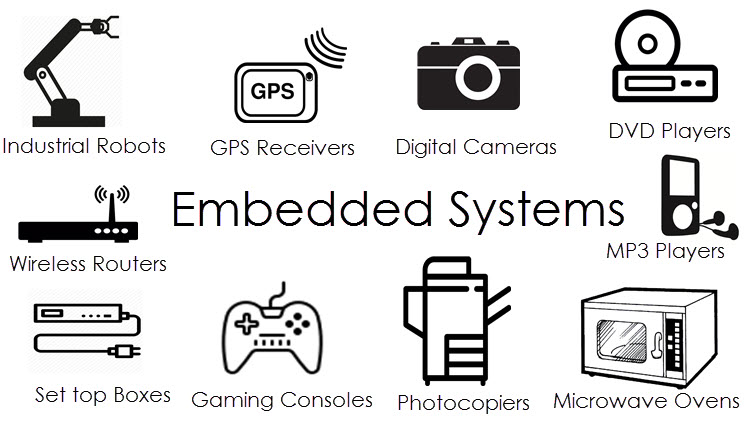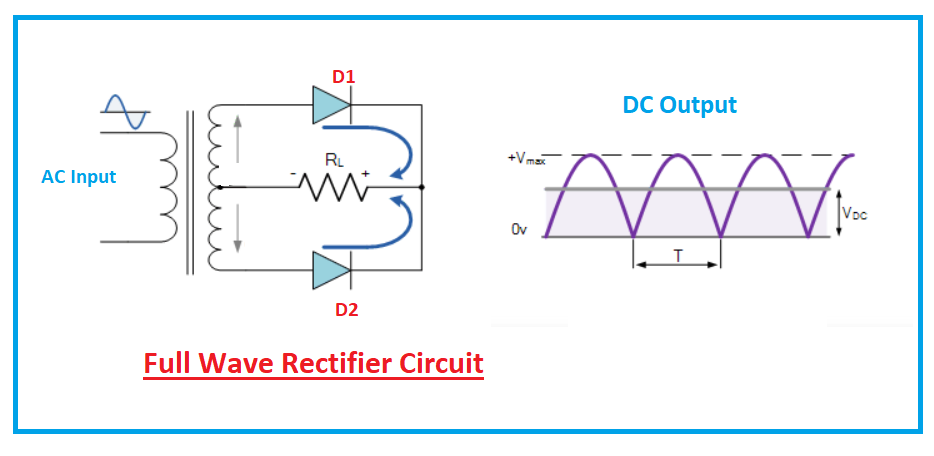-
What are deep learning algorithms?
01/05/2023 at 21:16 • 0 commentsDeep learning has become extremely popular in scientific computing, and businesses that frequently deal with complex problems. To carry out particular tasks, all deep learning algorithms employ a number of neural networks. It is worth noting that deep learning algorithms work better on a large amount of data. If the data is limited, deep learning models don’t perform well and take a lot of time to generate output with optimal accuracy and efficiency.
What is Deep Learning?
Deep learning is a type of machine learning that comes with artificial neural networks that work on plenty of data. Deep learning algorithms learn to perform tasks by being exposed to available data and using that experience to make intelligent decisions.
![]()
They are called "deep" because they are composed of multiple layers of artificial neurons, which are mainly encouraged by the structure of the brain. Deep learning has been used to achieve state-of-the-art performance on a wide range of tasks, including natural language processing, machine translation, and image and speech recognition,
What are Neural Networks?
A neural network is a type of data-based model mainly developed like the structure of the human brain. It is composed of layers of interconnected "artificial neurons," which process and transmit information. Neural networks are particularly a right match for tasks that involve intricate patterns and relationships.
![]()
These artificial neurons are also called nodes. These nodes can be arranged in three different layers:
· The input layer
· The hidden layer
· The output layer
Each node receives information from data in the form of inputs. The node calculates the inputs, multiplies them using random weights, and then adds a bias. To choose which neuron to fire, nonlinear functions—also referred to as activation functions—are used.
Neural networks can have a wide variety of architectures, depending on the task they are designed to perform. They can be shallow, with just a few layers, or deep, with many layers.
How deep learning algorithm works?
Deep learning algorithms are capable to train an artificial neural network on a large dataset. The neural network consists of multiple layers of artificial neurons, which are typically based on the structure of the brain. Each layer processes the data and passes it on to the next layer until the final layer produces the output.
During the training process, input data and the corresponding output (called a label) are presented to the neural network. The network makes predictions based on the input data, and then the network calculates the prediction error using a loss function. The weights and biases of the neurons are then adjusted for minimizing the prediction error. This process is repeated on a loop for many iterations until the network can make accurate predictions for the task at hand.
Once the network is trained, it is employed to play with the new, unseen data and make predictions. The network can make intelligent decisions based on the patterns and relationships it has learned from the training data.
Types of Deep Learning Algorithms:
There are several types of deep learning algorithms. However, Top Deep Learning Algorithms include:
Convolutional neural networks (CNNs): They are a special class of neural network that are used for tasks requiring image and video recognition. They can recognize patterns and characteristics in the data and are built to analyze data having a grid-like architecture, like an image. An input layer, hidden layers, and an output layer are only a few of the layers that make up CNNs. The convolutional and pooling layers that make up a CNN's hidden layers are frequently used to extract features from the data.
Recurrent neural networks (RNNs): They are a particular class of neural networks that are effective at processing sequential...
Read more » -
Why Embedded System is dominating modern life?
01/04/2023 at 20:12 • 0 commentsAn Embedded system is a computer system that performs a particular function within a larger mechanical or electrical system. It consists of both computer hardware and software and is mainly developed to function in a real-time setting. Many commonplace gadgets, including cell phones, automobiles, home appliances, and industrial control systems, are the common applications of embedded systems. They may be in charge of duties like data acquisition, signal processing, and control, and they are frequently employed to monitor and control the operation of the device. Embedded systems may have less processing power and memory than general-purpose computers because they are often designed to be compact and effective.
How Embedded System Works
An embedded system is a combination of computer hardware and software and is typically designed to operate in a real-time environment.
An embedded system's hardware typically consists of a microprocessor or microcontroller, which can carry out instructions – and memory, which houses data and software. Input/output (I/O) components like sensors and actuators that are used to communicate with the larger system may also be a part of the hardware.
![]()
The data and programs that are stored in memory and run by the microprocessor make up the software component of an embedded system. Instructions for activities including data collecting, signal processing, and control may be included in these programs.
An embedded system uses its I/O devices to take input from the environment and then processes this input using its microprocessor and software. The are many Real-Life Examples of Embedded Systems that can continuously monitor and manage the larger system in which it is embedded because this procedure is usually performed in a loop.
Embedded system and modern life
Embedded systems are dominating modern life because they are used in a wide range of devices that we rely on every day. Some of the reasons why embedded systems are so prevalent include:
Embedded Systems in Homes
Embedded systems are used in plenty of home automation and control applications such as:
![]()
They are included in smart thermostats to regulate a home's temperature and track energy use. The brightness and hue of lights in a home are controlled by embedded systems in smart lighting systems. In order to operate, many home appliances, including microwaves, refrigerators, and washing machines, include embedded systems. Smart security systems use embedded technology to monitor and manage house access and identify and warn homeowners of any possible security risks. They are used to provide a variety of capabilities, including internet connectivity and voice control, in smart TVs and other entertainment systems.
Embedded systems play a key role in the automation and control of a wide range of devices and systems in the home.
Embedded Systems and Job Market
Since embedded systems are employed in so many different fields and applications, their utilization has had a big impact on the job market. Embedded systems have influenced employment in a number of ways, including:
In domains like embedded systems design and development as well as in sectors such as automotive and consumer electronics, the use of embedded systems has given rise to new career opportunities.
The abilities required for particular vocations have changed as a result of the use of embedded systems. For instance, in order to work with the embedded systems that are utilized in industrial control systems, individuals in the manufacturing sector may need to have a more technical background.
Some tasks have been automated as a result of the use of embedded systems, which may have an effect on employment in specific industries. The usage of embedded systems, however, may also open up new career paths in areas like system design and maintenance.
Embedded Systems and IoT in Modern-Day Life
The Internet of Things depends heavily on embedded systems (IoT). The...
Read more » -
How Full Wave Rectification Works?
01/04/2023 at 00:11 • 0 commentsA rectifier is a type of electronic component that is used to convert alternating current (AC) to direct current (DC). It does this by allowing current to flow in only one direction, which is why it is called a rectifier. There are several different types of rectifiers, including half-wave rectifiers, full-wave rectifiers, and bridge rectifiers. They are used in a wide range of applications, including power supplies, chargers, and other electronic circuits.
What is full wave rectifier?
A full-wave rectifier is a type of rectifier that converts both the positive and negative cycles of an AC waveform to DC. It is called a full-wave rectifier because it rectifies the full AC waveform, as opposed to a half-wave rectifier, which only rectifies one-half of the waveform.
A full-wave rectifier can be implemented using either a center-tap transformer or a bridge rectifier circuit. A center-tap transformer has a single secondary winding that is divided into two halves, with a tap at the center. The AC input is applied to the ends of the winding, and the rectified DC output is taken from the tap. A bridge rectifier circuit uses four diodes arranged in a bridge configuration to rectify the AC input.
Full-wave rectifiers are more efficient than half-wave rectifiers because they make use of both halves of the AC waveform. They are also less prone to producing pulsating DC output, which makes them more suitable for use in applications that require a smooth DC output.
Working of Full-wave Rectifier
The full wave rectifier circuit comes with two power diodes, each of which alternately supplies current to the load through a single load resistance (RL). The step-down transformer available in the rectifier circuit transforms high-voltage AC into low-voltage AC. The secondary winding of the transformer and the load resistor are both connected to the anode of the center-tapped diodes. The top half of the secondary winding turns positive while the second half turns negative during the positive half cycle of the alternating current.
You can also look at the Full Wave Rectification Simulation if you are curious to know about its working.
![]()
Diode D1 is forward biased (which means it will conduct) during the positive half cycle since it is connected to the top of the secondary winding, but diode D2 is reverse biased (it won’t conduct) since it is connected to the bottom of the secondary winding. This will allow the D1 to conduct as a short circuit, while D2 will not conduct as an open circuit.
Due to the top half of the secondary circuit turning negative and the bottom half of the circuit turning positive during the negative half cycle, the diodes D1 will be reverse biased and D2 will be forward biased. Hence, DC voltage is obtained for both the positive and negative half cycles in a full wave rectifier.
The formula for Full Wave Rectifier
1: Peak Inverse Voltage
The highest voltage a diode can bear in the reverse-biased direction before breaking down is known as the peak inverse voltage. A full-wave rectifier has a peak inverse voltage that is twice as high as a half-wave rectifier. PIV is 2Vmax across D1 and D2.
2: DC Output Voltage
The following formula can be used to determine the average DC output voltage.
![]()
3: RMS Value of the Current
The following formula is used to calculate the RMS value of the current.
![]()
4: Peak Factor
The peak factor can be represented by the formula given below.
![]()
5: Form Factor
The form factor can be calculated using the following formula.
![]()
The Full Wave Bridge Rectifier
The Full Wave Bridge Rectifier is another type of circuit that generates the same output waveform as the full wave rectifier circuit shown above. To create the necessary output, this kind of single-phase rectifier connects four separate rectifying diodes in a closed loop "bridge" design.
![]()
This bridge circuit comes with a key benefit that it doesn't need a specific center-tapped transformer, which...
Read more »
My Pages
Projects I Like & Follow
Share this profile
ShareBits
Become a Hackaday.io Member
Create an account to leave a comment. Already have an account? Log In.










 Lutetium
Lutetium